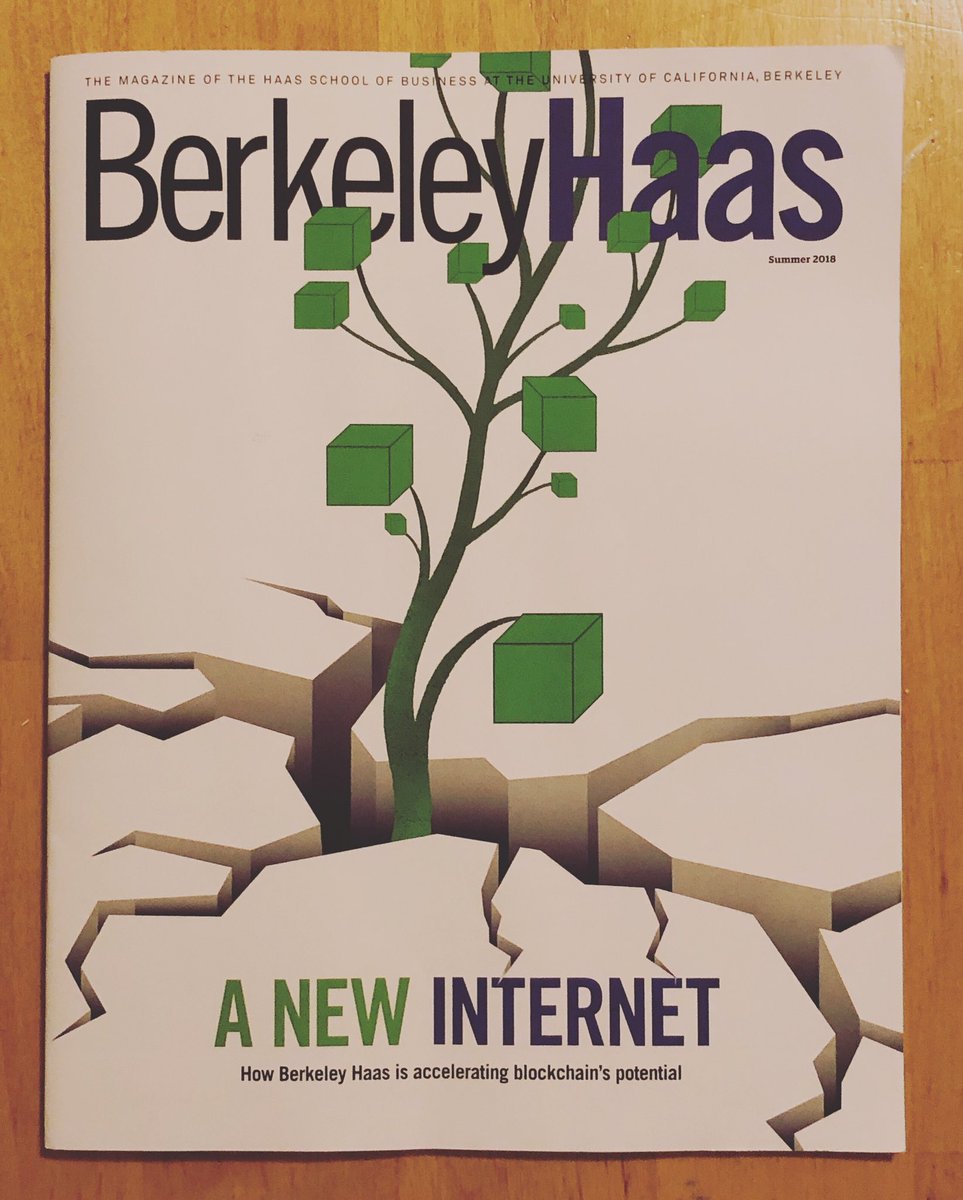1/ Should we be that surprised with what's going on right now with #ETH and ICOs generally? This is what happens when you have $10B+ raised via ICOs in the last 12 months, no treasury management, no product (or users), and liquid/publicly traded market caps and "shares" (tokens).
2/ #crypto is great for the digital world, but for now (and some time), teams and their employees need fiat to pay for real, non-digital things like rent, food, services, transportation, etc.
3/ I expect this decline to last for another 3-6 months as a growing pipeline of teams both (A) have their non-fiat runways cut by 60-80%, which, if they raised enough for 2 years, is now only 4-9 months, and (B) need to extend their fiat runways by another 12-24 months to ship.
4/ There are a few potentially interesting implications going forward: (i) stablecoins, (ii) staying private, (iii) post-product TGEs, and (iv) refactoring of funds and projects
5/ (i) It’s possible that stablecoins will be attractive (and necessary) alternatives to ETH and BTC for both raising capital and treasury management. This could also be one of the primary use cases for tokenized assets and securities that are weakly correlated to crypto.
6/ (ii) The extra burden of managing a public token while building, shipping, iterating & delighting users may cause more projects to stay private longer. In the last 10 yrs in the conventional markets, we’ve seen more startups delay going public until ready (@Uber, @Airbnb, etc)
7/ Projects will not only wait longer to publicly sell or distribute their token, but they will also start to alpha & beta test their tokens in live (not testnet) pilot markets with real users (via new tools/means) to iterate to product-market fit before "going public" at scale
8/ (iii) Building on ii above, the better projects will only have public token generation events (TGEs) post-product, and ideally, after that product has achieved a certain level of product-market fit, usage, and adoption. In this regard, reverse ICOs may become more common.
9/ (iv) We will see a refactoring of both existing and new projects and funds. Existing projects will have to hyper focus to find adoption (or pivot or close). New projects will raise less money in private rounds, be more intentional, realistic, focused, and execution oriented
10/ Existing funds will close or shift as much as possible from alts into depressed mainstream assets like BTC and ETH to both take advantage of (and ironically drive) the next macro run up of those ‘lower risk’ assets. New funds will be more specialized in capability & value add
• • •
Missing some Tweet in this thread? You can try to
force a refresh






